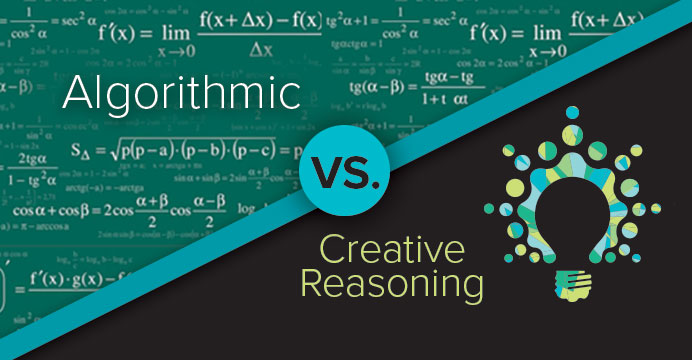This blog was originally published on K20Connect.
The pandemic devastated math education in the U.S. Declines affected almost every student. The National Assessment of Educational Progress tests reports that we have lost ground in math with a drop of three points. Black students lost 13 points compared with their white peers, who lost five points, creating an even more significant disparity among racial groupings. These setbacks impact a generation of children who must be well-prepared for life beyond high school.
Students didn’t only fall behind academically during the pandemic; their social and emotional well-being was also impacted. Twelve percent of children aged 3 – 17 experienced anxiety or depression in 2020, which appears to be rising, and experiencing mental health challenges impacts learning, behavior, and relationships in a school setting. Trauma reduces the ability to concentrate, remember, and organize thoughts and actions, and even language abilities in school-aged children. This unprecedented situation provides educators with a unique opportunity to address their students’ needs in new and innovative ways.
Andrew Coulson, Chief Data Science Officer at Mind Education, suggests schools must consider a different approach to teaching to address the unfinished learning. One suggestion is to lower the floor and allow students to productively engage with the material on grade level independent of where they score on assessments. This move is from an approach focused on deficits to one based on assets and suggests to the students they can do the work. This enables a learner to maintain a positive outlook on learning while building skills and practicing for mastery. This approach creates a safe way for students to experience learning without having the necessary continuity of learning for the past three years.
Many learners are in vulnerable positions on their learning paths. Education systems must be responsive in offering timely and effective personalized interventions utilizing effective and proven resources to address unfinished learning. Providing these just-in-time supports will allow them to regain the pace of their educational journey. Meeting students where they are and personalizing their instruction is a proven strategy to maximize learning outcomes.
The University of Southern California is home to a research group focused on the Science of Teaching Math (STM). Specifically, the team studies teachers’ acquisition of knowledge and pedagogical skills and the transfer of these skills into their practice, with particular attention to using an equity lens. Recognizing how teachers approach math teaching offers insight that can help professional developers adjust a teacher’s mindset encouraging them to adopt mathematical thinking to improve student engagement. Considering the role of the teacher in our students’ ability to succeed is a piece of the science behind improving a student’s overall performance.
Helping address students’ basic needs by building hope, establishing a safe learning environment, and building esteem prepare students for learning. Allowing students to remain on pace by adopting Coulson’s suggestions and ensuring teachers develop more vital skills in the teaching of math are research-based strategies systems can use to ensure students are successful.



